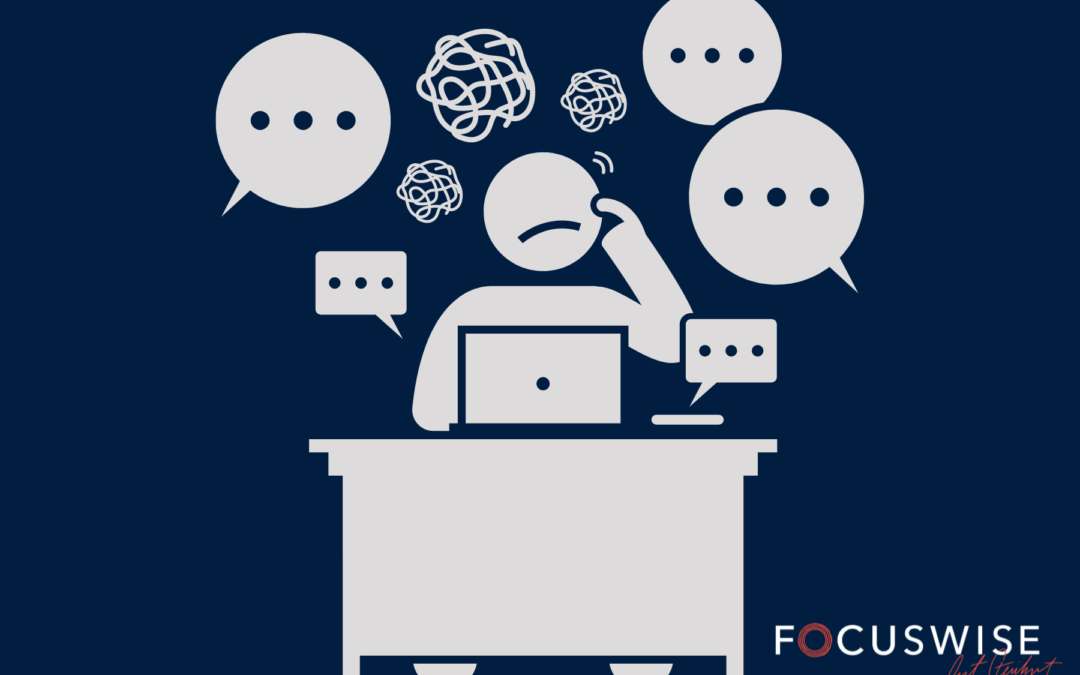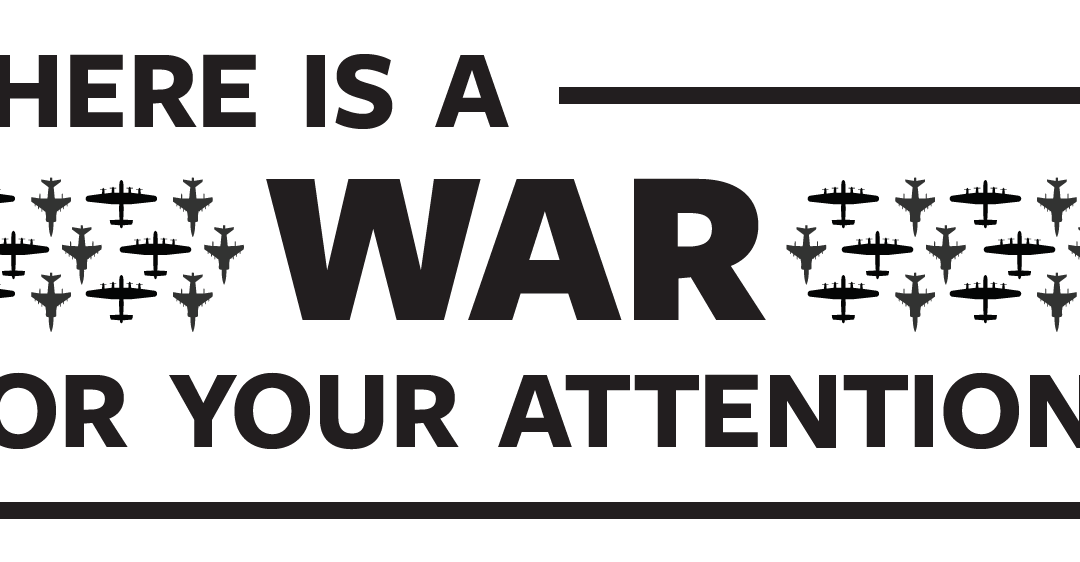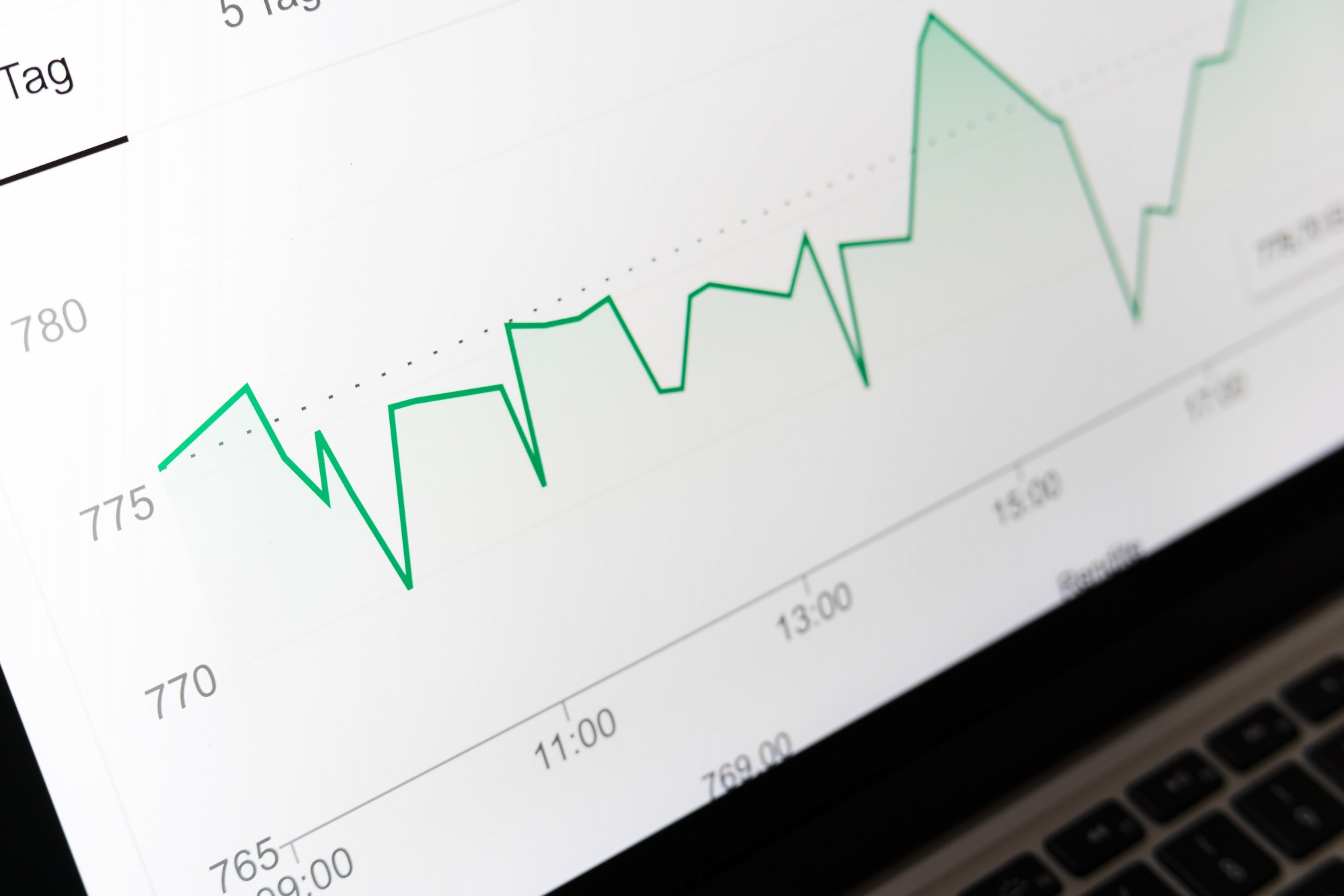
by Curt Steinhorst | Jan 28, 2022 | Attention, Focus
28% of a knowledge worker’s time is consumed by interruptions, at a loss of about 20,000 hours, which is more than
$400,000 over the course of a single career. Wow. That’s a lot of wasted time, if you ask me! The greatest sources of interruption at work and home are external. Whether that’s coworkers interrupting our work flow, emails flooding our inbox, interpersonal conflict between coworkers, thoughts about tasks and responsibilities at home, or temptations to look at the “latest greatest thing to change our life,” distractions are always attacking our senses.
But we need to get to the root of the problem. What are the true sources of interruption? We’ve identified five sources and offer suggestions on what to do about it.
1. Attention Theft
An attention theft is someone or something external to you entering your environment without your permission and stealing your attention. My advice: lock them out!
Protocol
- Identify thieves and build barriers to prevent their access.
- Communicate when you are not available for interruptions.
- Reveal what you value by intentionally giving it periods of uninterrupted attention (e.g. mission-critical thought work, crucial conversations, and valued relationships).
- Avoid unnecessary meetings.
In order to set boundaries, you have to communicate clearly to your coworkers about levels of access to yourself. Set up “Do Not Disturb” signs outside of your working space so people know when you’re in a focused zone. If advertisements keep popping up on your web browser and stealing your attention, try ad blockers.
On the flip side, make sure you have intentional planning of fun/diversion as a team—make sure everyone knows when it’s okay to be offline! By giving yourself time to rest, your focus will be funneled into the other parts of the day—when you’re working.Your attention is valuable…don’t let someone (or something) steal it!

Stop letting attention thefts happen in your life.
2. Attention Burst
An attention burst is a spontaneous idea unrelated to a task. My advice: get it out!
Protocol
- Offload ideas to a scratch pad.
- Be sure to schedule times where you get to wander, explore, try things out, and think creatively during your week.
- Remain committed to completing the current task.
You’re in a meeting and suddenly you’re thinking about your grocery list or the big upcoming sports game, despite wanting to focus. Our minds wander, and one creative thought begets another. Explore your creativity (sometimes the best ideas come as attention bursts), but don’t let it become a source of interruption. Rein in your focus by giving your attention burst an outlet. If you let the thought go uninterrupted, it will be much harder to get your focus back on track.
3. Attention Avoidance
Attention avoidance is seeking to avoid the perceived pain of the task at hand. My advice: engage the source.
Protocol
- Change the narrative.
- Work through your emotions or grief, take a walk to encourage “soft fascination,” and get to a better emotional place.
- Meet face-to-face with the person who is dominating your emotions that day.
- Create your reframing statements.
- Break down the task.
- Change the space and time you’re in.
Attention avoidance occurs when you are associating a sense of pain, and will do anything possible to avoid the one thing you know has to be done. This might require a change of environment, a mental health break to work through the negative emotions, or getting some physical exercise if you’ve been staring at a computer screen all day. Focus means helping your heart get into it too.
By “change the narrative,” I mean lower the barriers to believing a better story about your task or your day. We are the stories we tell ourselves. We can change these stories by changing the input, moving the location, and identifying and reframing our thoughts. Prepare specific, repeatable, targeted phrases to reframe the work (that can be fun!).

Jot down creative ideas when they come to you instead of letting them become an interruption.
4. Attention Allure
Attention allure is when you are captivated by a new idea. My advice: ask the right questions and filter the answers.
Protocol
- Filter ideas that pass through your mind.
- Ask the right questions so that you can discern properly whether to ignore or pursue these ideas.
- Examples: What do I want? What do they need? What can we do?
The root cause of allure is often boredom, a lack of discipline, or even insecurity. It takes patience, and being willing to see the whole picture to stop attention allure in its tracks. It doesn’t help that our brains are being wired to think the shiny new ideas are the way to go.
When we fail to address any or all of the above, we end up in a state of…
5. Attention Overload
Attention overload occurs when the number of items that need our attention leaves us paralyzed and unable to assess or focus on anything. My advice: pause, prioritize, and process.
Protocol
- Change the settings, circumstances, and avenues of access that others have to you.
- Prioritize.
- Pair tasks wisely.
- Know when not to multi-task.
- Capitalize on time off.
Your phone is ringing, your email inbox is overflowing, you have an appointment in 90 minutes, someone from Accounting is standing in your doorway, and you haven’t even had your coffee yet. We’ve all been there. A hectic start to your morning sets you right up with attention overload. This mental state of being is not healthy, and it often leaves us paralyzed.
Attention overload leaves us with what Douglas Rushkoff called “Present Shock:” when everything happens now. He says, “The dissonance between our digital selves and our analog bodies has thrown us into a new state of anxiety.”

Protect your focus by blocking out external distractions.
Silencing Your Sources of Interruption
So where do you even start? How do you begin to silence all those sources of interruption? By raising barriers to give yourself space to deal with your current load of tasks. Take it slow, one step at a time, and you will have a greater chance of success. Your attention is valuable, so don’t waste it with distractions!
If you want an organized method to help tackle this problem, consider our self-guided FocusFit Challenge. The four week card-based program will help you eliminate chronic distractions, create space to focus, and pour your energy into the things that matter most.

by Curt Steinhorst | Jan 7, 2022 | Attention
Ahhh, January. The first month of the year announces itself with a fresh set of goals for you both individually and in the workplace. New year, new benchmarks to meet. But amid all the goal-setting and exciting future projects lining up, we often forget to take a look back at what cost us in the previous year. Did you find it hard to focus while at the office? Were you distracted by social media? Did you have trouble meeting deadlines because you procrastinated? All of these issues are connected. There is a war on your attention; the key is to eliminate distractions.
The Cost of Distraction
Workplace distractions cost $600 billon+ per year and cause in-office workers to be up to 40% less productive than their remote worker counterparts. That’s a cost that could be greatly reduced if we recognize what is distracting us in the first place. Distractions come in many different forms. Smartphones, email notifications, social media, office gossip, and coworkers are just a few of the attention-stealers we have to deal with every day.
Here is a statistic that I think is really important: 23% of interrupted work is not resumed in the same day. This is crucial information to understand why we struggle with productivity at work. It also makes sense as to why we lose motivation to do tasks the day they are assigned. If we don’t prioritize our focus, it is going to cost us more in the long run than we realize.

Distraction is costing us billons of dollars in the workplace. Focuswise
However, the pandemic has changed the way we work. Working remotely has increased focus and job satisfaction among employees. According to FlexJob’s 2020 survey, 68% of Americans reported fewer interruptions working remotely compared to working in the office. A home office is quieter, commute times are nonexistent (meaning more productivity), and employees don’t get interrupted by coworkers or their boss. So, with what we know about distractions in the workplace and increased focus at home, how do we connect the dots with returning to the office?
How to Eliminate Distractions
- Recognize what distracts you. Count the number of times you check your phone per day. The average person checks their phone 150 times a day, about every 6 waking minutes. Once you are aware of the bad habit, you can take actions to fix it.
- Communicate with your employer. If your work environment is not conducive to being able to focus when needed, talk with your supervisor about possible solutions. It could be as simple as putting on headphones to cut out noise or work from home a couple days a week. Having these types of conversations are important; they can lead to major office improvements, such as office conversion to different types of space for increased focus.
- Turn off unnecessary notifications. Social media notifications and non-work-related group chats are a huge (and unfortunately) welcome distraction from focusing on the task at hand. Silence them when you’re at work, and you’ll notice the difference in your ability to focus.
- Don’t forget to take breaks. Breaks are important for any sustained period of work. You are more likely to succumb to distractions if you have been working for too long. According to the University of California Irvine, it takes an average of 23 minutes to resume an interrupted task. That is time that could be used beneficially as a mental break when appropriate. Try to channel your distractions into a break instead of answering them to procrastinate your current assignment.
Focus in on 2022
Make this year the year you eliminate distractions. They can seem like no big deal in the moment, but accumulation of distractions over your entire company for a year can add up quickly. For more facts and figures on the cost of distraction, click here to view our full infographic and learn about our FocusFit Challenge for individuals and companies.
If you’re interested about the hidden costs of distraction over different industries, watch my YouTube video on the topic.

by Curt Steinhorst | Jan 1, 2022 | Workplace
Nothing can ruin the holiday spirit faster than a bad customer service experience. Sometimes employees are just having a bad day…but at other times, company practices are to blame. Personally, I want to maintain a good relationship with my own clients. So I took a few lessons from companies with terrible customer service to find out what I need to avoid doing in the new year.
When customers are dissatisfied, they typically tell nine to fifteen other people about their experience. Additionally, a negative customer experience is the reason 86 percent of consumers quit doing business with a company. Clearly, satisfying the customer should be a top priority for well-performing companies. But what about those that place profit over people? Below are a few examples from businesses that are still performing relatively well in the market…but with a dim future ahead if they stay on the same track.

Some companies put profits over people…but are the long term results worth it?
Companies With Terrible Customer Service (or Poor Practices)
Spirit Airlines is known within the airline industry to provide flights at a cheap price. The trade off is poor customer service. Little to no leg room between seats, hidden fees, and damaged baggage are just some of problems this company has chosen not to fix.
This marketing company provided me with a poorer service than what was promised after payment. Plus, they make the customer sign a mandatory contract as a loophole to avoid liability. I am not the only one with a bad experience: a one-star rating on the Better Business Bureau proves my point.
Customers don’t like when their favorite stores pick a side during election season. The daughter of the founder of Publix Super Markets donated to three organizations that organized the Capitol raid on January 6, 2021, leaving the company damage control from the outcry that followed.
These are just a few examples from businesses that need to make better choices. Head over to Forbes to read the full length article. I suggest a few possible solutions for these bad practices.
As we head into 2022, let’s ditch companies with terrible customer service. Instead, we should celebrate companies that treat their customers right…companies that don’t treat their customers like commodities.
Don’t forget to check out the contributor article my SEO intern wrote about working with Focuswise here.








